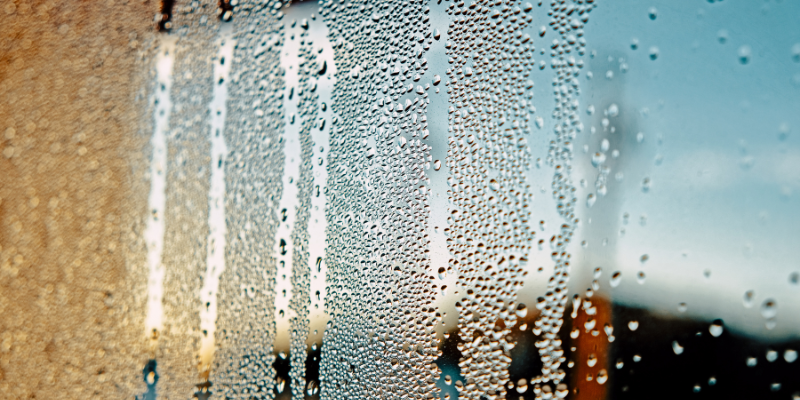How to Deal with Window Condensation: A Simple Guide
How to Deal with Window Condensation: A Simple Guide
Window condensation is a common issue in many homes, especially during colder months when warm indoor air meets cooler window surfaces.
While it may seem like a minor inconvenience, persistent condensation can lead to bigger problems such as mold growth, wood rot, and even damage to window frames.
Thankfully, there are several effective strategies to deal with and prevent window condensation.

1. Increase Air Circulation
Improving airflow is one of the simplest and most effective ways to reduce condensation.
Stagnant air allows moisture to accumulate on windows.
Open curtains or blinds during the day to let air flow freely and keep windows dry.
If possible, use fans or open windows to improve ventilation, especially in rooms that generate a lot of humidity, like bathrooms and kitchens.
2. Use a Dehumidifier
If you live in a particularly humid environment or your home has poor ventilation, a dehumidifier can be a lifesaver.
These appliances help reduce excess moisture in the air, making it less likely to condense on colder surfaces like windows.
Place a dehumidifier in rooms where condensation is most problematic, such as bedrooms or bathrooms.
3. Check for Proper Insulation
Poor insulation can lead to significant temperature differences between the inside and outside of your windows, causing moisture to condense.
Make sure your windows are well-insulated, and check for any gaps or drafts around the window frames.
Sealing these gaps with weatherstripping or caulking can help maintain a consistent temperature inside your home, reducing the chances of condensation.

4. Control Indoor Humidity
Maintaining an optimal indoor humidity level (ideally between 30-50%) can help prevent window condensation.
You can use a hygrometer to monitor indoor humidity levels and adjust them as needed.
If humidity is high, consider using exhaust fans in the kitchen and bathroom to vent moisture outdoors.
When cooking or showering, try to keep doors closed and use exhaust fans to reduce moisture buildup.
5. Upgrade to Double-Glazed Windows
Single-glazed windows are more likely to experience condensation due to their inability to effectively insulate against temperature fluctuations.
If condensation is a constant issue, upgrading to double-glazed windows may be a worthwhile investment.
Double-glazed windows feature an insulating layer of air between two panes of glass, helping to regulate temperature and reduce condensation.
Take Away
While window condensation can be frustrating, it is usually preventable with the right steps.
By improving airflow, using a dehumidifier, ensuring proper insulation, controlling indoor humidity, and considering double-glazing, you can keep your windows dry and your home comfortable.
With these tips, you'll be able to enjoy a condensation-free home, even on the coldest days.
Is it Time for a New Window Replacement?
Investing in quality window installation provides numerous benefits, from energy savings and improved comfort to increased home value and security.
Whether upgrading or building new, high-quality windows are an investment that will pay off both now and in the future.

Is it time for you to have a new home door replacement? We would love to help you! Email or call us for a FREE QUOTE on your new home exterior door.
The Window Replacement Professionals!
Call The Window Guyz Today!
Whatever your thoughts, plans, and dreams are about your home's windows — including updating to black vinyl windows — the professionals at The Window Guyz will be happy to discuss your options.
We serve
Hendersonville, Franklin, Nashville, Brentwood, Bellevue, Lebanon, Mount Juliet, Hermitage, Murfreesboro and many more areas.
Call today for more information.
More Blog Posts
BOOK A SERVICE TODAY




